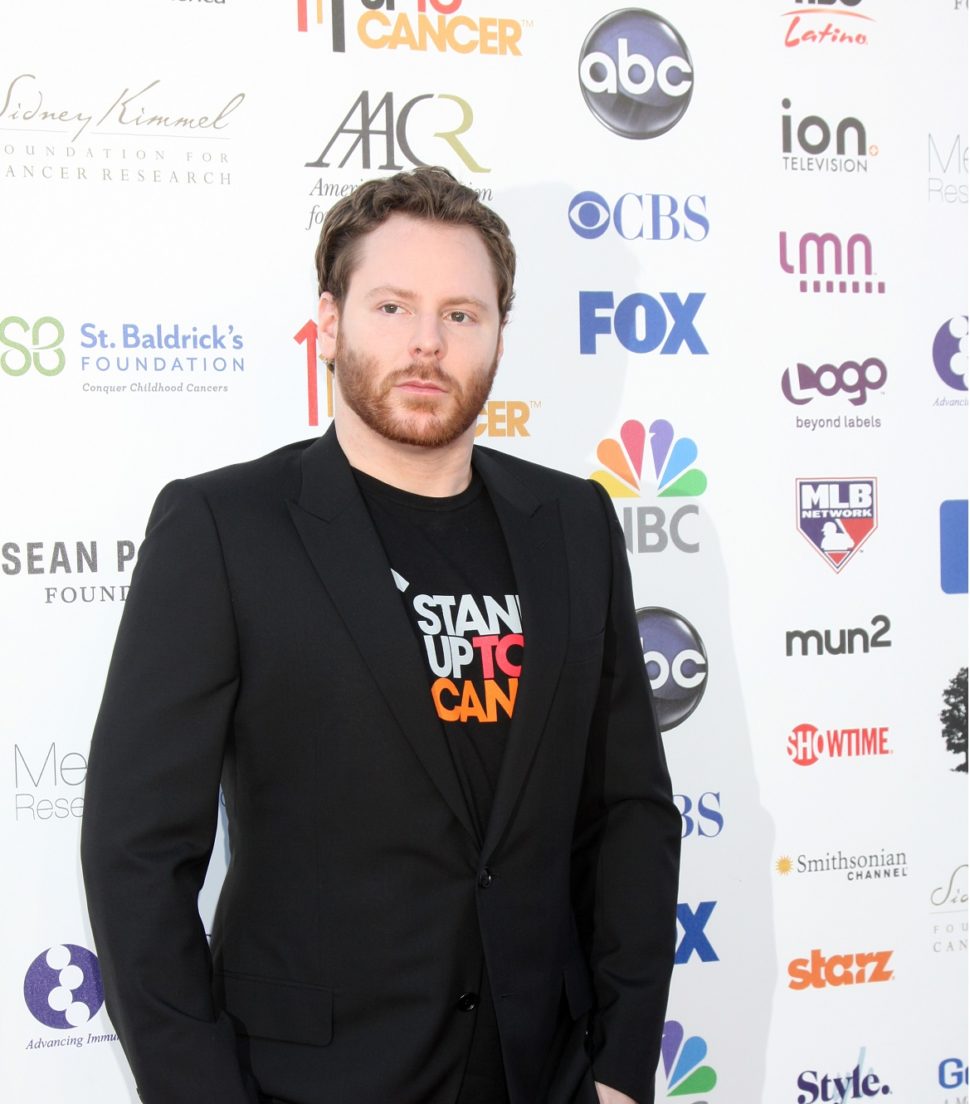Philanthropic organizations are a major staple of charity efforts worldwide, but they tend to play it safe with the money they are given. Some of the billionaire benefactors of these charities are taking risks, arranging the conditions of the medical research that they fund.
When Billionaire Sean Parker created the Parker Institute for Cancer Immunotherapy, he drew criticism for his pro-collaboration approach to funding medical research.
Sean Parker created the Parker Institute for Cancer Immunotherapy, he drew criticism for his approach to funding medical research.Click To TweetThe plan involved collaboration instead of competition. Furthermore, any marketable discoveries would be attributed to the group, rather than the individual who led the research. Principal inventors would certainly get benefits, but Parker’s pro-collaboration approach was unprecedented.
Many doubted that Parker’s Institute would gain much traction, but currently, it has more than 300 researchers under its umbrella and is already in the process of administering clinical trials.
Who is a Part of This Collaboration?
Parker wants to use his money to get new, potentially life-saving drugs to the market as quickly and safely as possible, and he isn’t alone. Other prominent figures in this philanthropic race include Facebook CEO Mark Zuckerberg, and his wife, Priscilla Chan, as well as Citigroup Inc. CEO Sandy Weill and his wife, Joan.
According to Parker, the old philanthropic organizations have established precise methods of operation that ensure safe yet moderate success. “The world is full of pretty stodgy foundations that generally do pretty safe things,” says Parker, “I’d rather see what happens when you do something totally different that’s never been tried.”
At the Chan Zuckerberg Biohub, intellectual property is handled a bit more traditionally. Nevertheless, the Biohub is getting its talent from everywhere, including UCSF, Stanford University, and the University of California at Berkeley. The Biohub’s first goal is to tackle infectious disease and to catalog the cells in the human body.
For Joan and Sandy Weill, neuroscience research is serious business. Despite a donation of $185 million, there is a set of guidelines for using that money. Most notably, psychiatrists and neuroscientists are required to work under the same roof, with treatment clinics to be built alongside labs. According to Joan, mental illness is not the fault of those that suffer from it, and the couple wants to make that message clear.
The New Dynamic
In the case of Chan and Zuckerberg, their Chan Zuckerberg Initiative is giving the couple an edge that other philanthropic entities lack. Because their organization is a limited liability company, the couple doesn’t have to give to charity every year and can make investments and political donations instead, which could mean more money funneled into specific ventures.
Chan Zuckerberg Initiative is giving the couple an edge that other philanthropic entities lack.Click To TweetScientists in the United States enter the workforce with a competitive mindset, where money, patents, and even Nobel prizes are earned, adding prestige to their institution. This new wave of philanthropy may require years of effort before it bears any benefit, but if it does then it will change the entire dynamic of philanthropic research and funding.
“if you listen to all of the people who would tell you how to do it the conventional way, the outcome you’re going to get is kind of unexceptional.” -Sean Parker
Changing the way things are done, then, may be just what the ‘stodgy’ world of research needs. According to Parker, “…if you listen to all of the people who would tell you how to do it the conventional way, the outcome you’re going to get is kind of unexceptional. Maybe it’s irresponsible to keep trying some variant of the same thing.”
Whatever the case, let’s hope this new philanthropy translates into significant discoveries.



















GETTING YOUR LOST FUND RECOVERED.
I was able to get my funds recovered with the help of a recovery expert named Jeff Silbert and he helped and assisted me withdraw all my funds in full just with little effort. Contact him now if you need get his help WhatsApp. + 84 94 767 1524 Ema!l jeffsilbert39 gma!l. com.